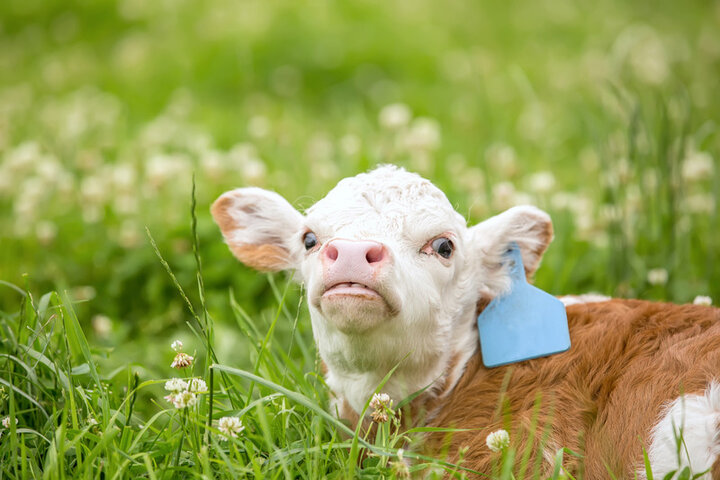Winter Hay Worries
Grass tetany and nitrate poisoning are issues that we typically associate with animals grazing. However, both issues can be a problem in winter when animal diets are limited by what they are fed. Is your herd safe from possible hay worries?
Tetany occurs when an animal’s diet doesn’t have enough magnesium to meet nutritional needs. Complications with milk production and increased magnesium demand can make this imbalance even worse during lactation.
Grass, alfalfa and cereal grains harvested for hay can all be low in magnesium. Getting a hay test with mineral analysis can easily show if this is an issue we need to worry about. If tests come back showing less than 0.15% magnesium, the hay is deficient. Other mineral interactions that can worsen tetany are low calcium (2.5%).
If your test comes back with issues, consider switching over to a high calcium and magnesium mineral. Most options use magnesium oxide, which is bitter tasting and can reduce animal consumption. Consider mixing with a protein or energy supplement or mixing with distillers grain or soybean meal to improve consumption if it’s not at target levels (for a 10-13% magnesium mix, this is 4 oz. per head).
Another concern to keep an eye on is nitrates. Forages high in nitrate that were harvested for hay will not see a significant reduction in nitrate levels after curing. Any hay that we suspect being high in nitrate should be tested and if high, fed as a reduced portion of the diet to prevent an issue with toxicity.
Tetany and nitrates in the winter aren’t problems that often jump right to a producer’s mind, but they can be a serious issue — especially when an animal’s diet is limited to what they are fed. Properly testing hay and adjusting mineral and diets to minimize risk can keep your winter hay worries at bay.
Legume Frost Seeding in Pastures
By Brad Schick
Are you looking to increase production from pastures or hay fields? Interseeding legumes might just work in your operation.
Nitrogen is one of the key ingredients for productive pastures. A way to get more nitrogen in a pasture is to plant legumes. Alfalfa, birdsfoot trefoil, clovers and other legumes all fix atmospheric nitrogen and can reduce nitrogen costs. These legumes are also very high in forage quality.

Not all pastures are good candidates for adding legumes, however. First, legumes need adequate phosphorus and a pH usually above 6, while some prefer a pH closer to 7. Next, good seed placement is needed. When interseeding with a no-till drill is not an option due to frozen ground or topography, frost seeding is an option to consider. Frost seeding uses broadcasting seed in winter to allow the natural freezing and thawing of the ground to plant the seed for you, resulting in good seed to soil contact. Frost seeding success can vary and while more invasive, drilling is almost always a better option if the pasture would allow it. Because frost seeding requires seed to be close to the soil surface after broadcasting, snow-free or very little snow is preferred.
Lastly, heavy flash grazing several times in the spring will reduce the competition from existing grasses and help promote the legume seedlings. Once the grass is three to four inches taller than the seedlings, graze quickly until the grasses are grazed down to the height of the legume seedlings.
Legumes can help reduce fertilizer cost and create higher quality pastures and hay. Frost seeding is an economical approach that might work to establish legumes in your operation.
